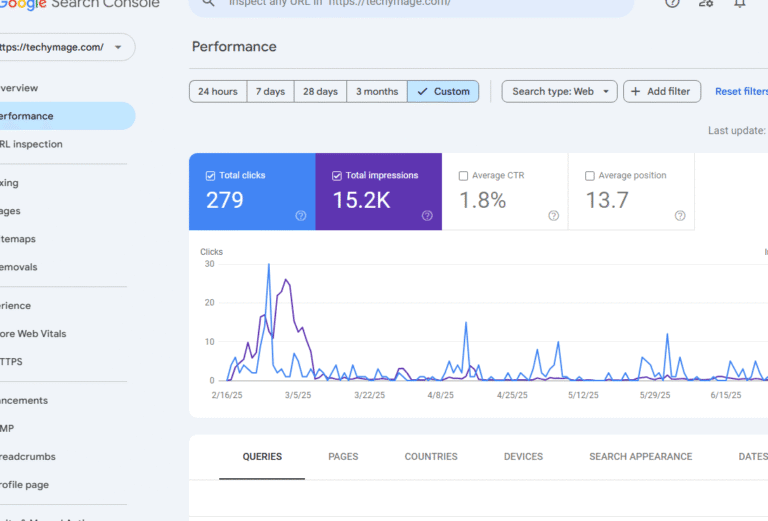The Russia Animal Feed Market faces critical choices because of its domestic agricultural capability and foreign trade restrictions and new business alliances and changing market trends. Russia exists among the leading countries for grain production and maintains significant influence as an exporter of meat and dairy products which create solid conditions for animal feed manufacturing. The market has evolved independently while prioritizing improved feed efficiency and domestic self-sufficiency and integrated livestock farm growth.
Russia Animal Feed Market Overview
Production of poultry and pork together with dairy ranks Russia among the top feed demand industries globally. Due to its massive feed requirements poultry remains first in feed consumption while swine production stands second and cattle stands third. The vast agricultural territory of Russia supplies ample raw ingredients including wheat barley and sunflower meal to producers which allows them to maintain stable production costs through local feed supply.
Through its import substitution plan the Russian government fast-tracked investments into local feed ingredient factories and additives production. At present major agriculture owners construct feed mills through vertical integration while expanding their facilities in pursuit of both cost efficiency and quality quality control.
Key Drivers of Growth
Strong Grain and Oilseed Production:
The vast land holdings within Russia allow for extensive cultivation of feed crops on a large scale. Feed production receives domestic support from wheat, barley, corn and oilseed meals since the production occurs locally rather than through imports.
Government Support for Agricultural Self-Sufficiency:
Russia strengthened its domestic agri-input manufacturing sector after international trade sanctions and restrictions happened. The development of food security programs alongside livestock promotion schemes creates the foundation for expanding the feed sector.
Expansion of Industrial Livestock Farming:
The poultry and swine farming sectors are experiencing a steady growth of large-scale facility numbers while operating at higher capacities. The productivity along with biosecurity needs of these operations depends on unfailing access to high-quality feed resources.
Vertical Integration in Agribusiness:
Major Russian agribusinesses including Miratorg along with Cherkizovo and Rusagro operate complete vertical production systems which control both feed manufacturing processes and meat processing operations and feed supply chain management.
Demand for Efficiency and Productivity:
Modern feed producers dedicate investments to enzymes and precise nutrition and advanced formulation techniques for improving feed conversion ratios because they face increasing input costs as well as market pressure to boost their margins.
Key Challenges
Sanctions and Trade Restrictions:
Western sanctions have blocked the import of several feed additives together with veterinary products and various technological solutions. Such circumstances have compelled Russia to innovate domestically while they struggle to obtain advanced solutions from international sources.
Input Cost Fluctuations:
Price instability in fertilizer products together with fuel costs and raw materials creates expenses that increase the total cost of producing animal feed. The worldwide market volatility affects domestic feed business by shaping manufacturing approaches as well as price-making decisions.
Dependency on Imported Micro-Ingredients:
Russia continues to depend on international suppliers for obtaining amino acids and vitamins and specific specialty additives which results in supply chain risks.
Regulatory Barriers and Bureaucracy:
Enforcement problems regarding feed quality together with a complicated regulatory system obstruct innovation and limit international business collaboration.
Regional Disparities in Feed Access:
Industrial farms benefit from contemporary feeds but small and medium-sized farms operating in distant areas encounter restricted feed choices together with elevated costs which negatively affects their livestock productivity levels.
Future Opportunities
Domestic Production of Feed Additives:
Local facilities for amino acid production along with enzymes and micro-ingredients receive increased investment to both boost domestic supply and decrease foreign imports.
Export of Compound Feed to Eurasian Neighbors:
The strategic location of Russia along with its extra production capability allows it to export animal feed and premixes into Central Asian and Caucasian and Middle Eastern nations.
Technology Adoption and Digitization:
Natural farming systems and automated production equipment as well as precise livestock management software have become mainstream since they benefit integrated reaching higher operational levels.
Sustainable and Antibiotic-Free Feed Solutions:
Consumer preference for unambiguous animal product labels generates interest in animal growth promotors based on natural products and herbal ingredients while encouraging sustainable feed production practices.
Innovation in Aquafeed:
Russia is focusing on developing its eastern and southern regions through aquaculture because locally produced aquafeeds which target trout and carp need more attention.
Competitive Landscape
The Russian animal feed market consists of three major players including agribusiness giants such as Miratorg and Cherkizovo Group and Rusagro. These conglomerates run their own feed processing centers that provide nutrition to their self-owned livestock business for improved quality control and operational effectiveness.
Multiple feed production and premix supply companies specialize in serving regional markets in addition to the established large market participants. Several firms are initiating business relationships with technology supply companies from China India and Brazil to substitute Western suppliers who faced sanctions.
Conclusion
The Animal Feed Market in Russia expands consistently although international obstacles create obstacles. Domestic crop strength and government backing combined with public independence creates favorable conditions for the industry’s foreseeable growth. The feed industry focuses on developing new innovations while improving product quality and exploring diverse market opportunities after adapting to worldwide limitations and maximizing local competence. The changing market shows signs of success for players who join forces with national goals while making investments to protect their operations and technologies through time.





